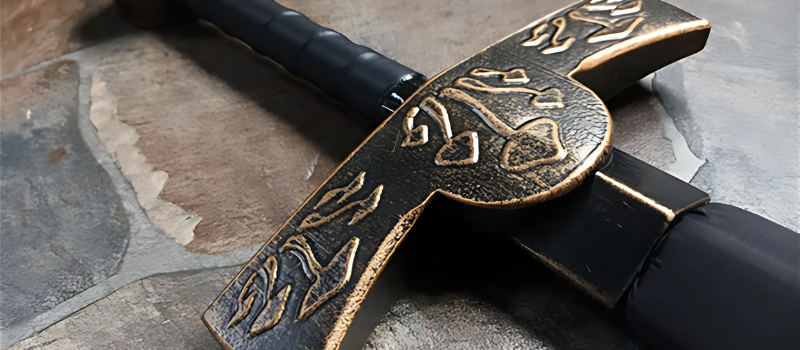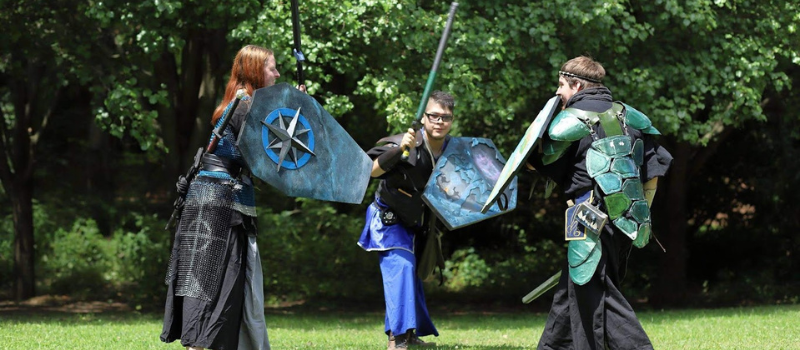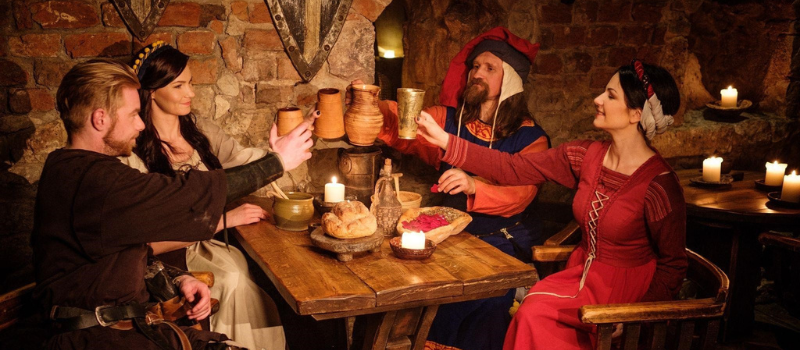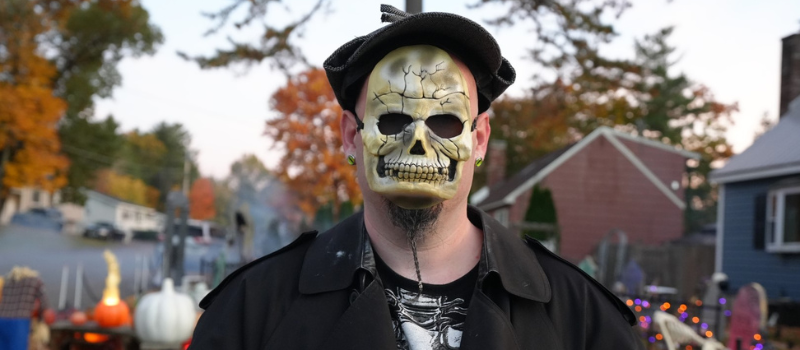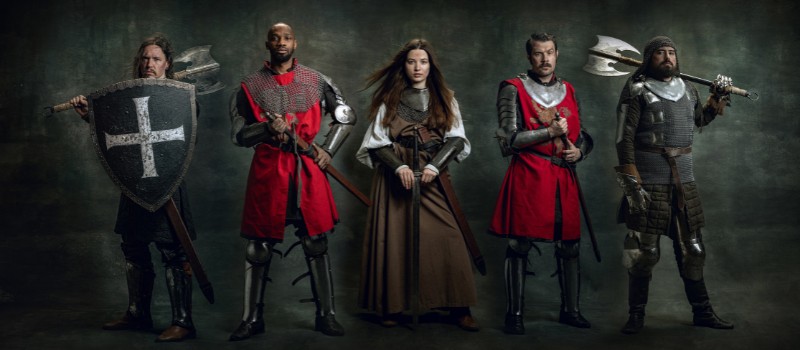7 Steps to Build Better Plot
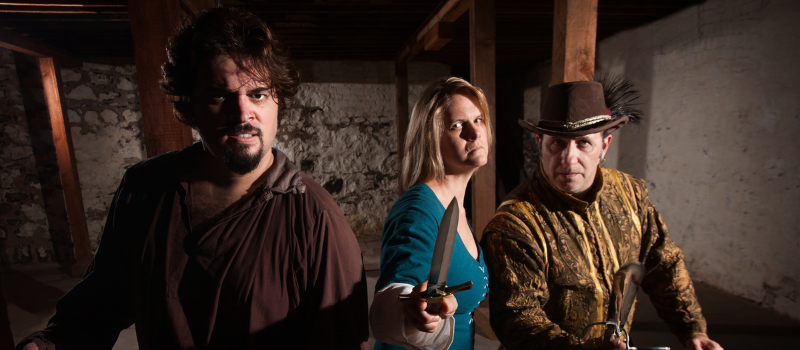
Developing a rich and intriguing plot for players, event after event, is much like writing a TV series or a movie where you set the stage and build the props, then yell “Action” but you don't know what 80% of your actors are going to say or do. It’s time consuming and challenging and often requires last minute rewrites due to changes in event attendance. This blog will explore seven techniques to build a better plot using tools that help you better engage your players.
1. Vary the Plot Scope, Type, and Mechanics:

When you create a plot for a LARP, the major considerations should be the scope, type, and mechanics.
 Plot Scope - Using a long term LARP campaign as an example, scope can be categorized into various levels; Campaign, Arc, Season, Event or just a stand alone one shot Module. By varying your plots you will provide diversity to the players appealing to a broader base.
Plot Scope - Using a long term LARP campaign as an example, scope can be categorized into various levels; Campaign, Arc, Season, Event or just a stand alone one shot Module. By varying your plots you will provide diversity to the players appealing to a broader base.
 Plot Type - Should it be heavy Combat, heavy Roleplay? Type should be varied as well and may need to be flexible. Plots should consider character skill types and balance opportunities based on the attendees registered for an event.
Plot Type - Should it be heavy Combat, heavy Roleplay? Type should be varied as well and may need to be flexible. Plots should consider character skill types and balance opportunities based on the attendees registered for an event.
 Plot Mechanism - This refers to how an effect is delivered or explained. Having a large variety of plot devices such as jumpy stones, changing colored lights, tags, and more provides diversity.
Plot Mechanism - This refers to how an effect is delivered or explained. Having a large variety of plot devices such as jumpy stones, changing colored lights, tags, and more provides diversity.
2. Use Character Histories:
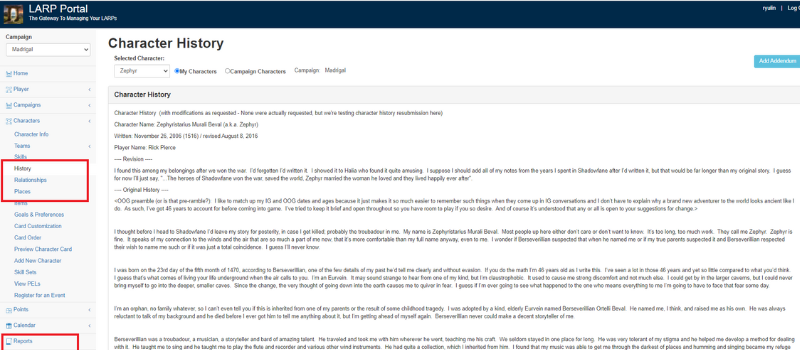
Use of your players character histories as plot devices is a great technique to not only enrich your plot but to thrill your player base. It can be simple things like using a fact or story from someone’s history in a roleplay encounter or something more complex like building an NPC that represents someone from their back story. Character histories give a plot team rich context to weave into storylines. The plot created by the use of these pieces in turn provide the players with more roleplaying opportunities, topics of conversation, as well as ways of connecting with other characters.
3. Build NPCs Based on Character Relationships:
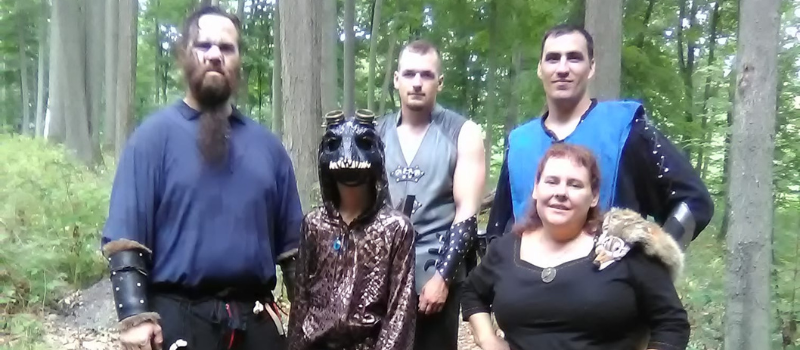
Countless plot opportunities unfold when players define who and how their character is related to other characters. For example a character history might describe Darian of Dorgad as my Mother, Harrma de Holle as my father, Jorgg as my best friend, and Kryst Lymn as my mentor. With a system like LARP Portal, where relationships are defined in addition outside of the character history, it is possible for Plot to be routinely and easily enriched with details from character profiles. Players are better engaged and invested and plots have more depth.
3. Build NPCs Based on Character Relationships:
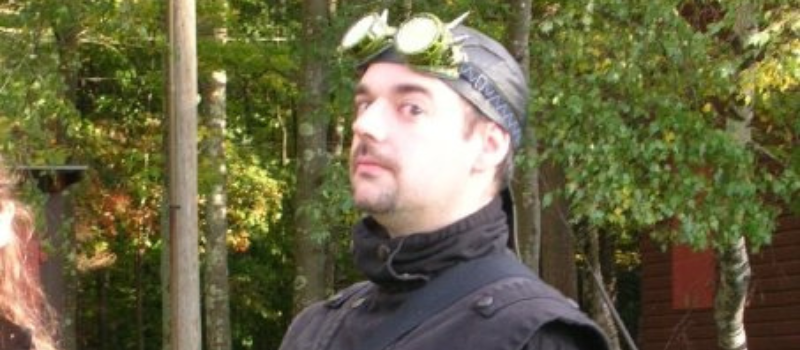
In much the same way as relationships, the places or locations in a fictional campaign world, that are important to a character can improve the depth and complexity of a plot. Maybe you are writing a plot that would benefit from targeting a small group of players that do not normally travel together. Looking at character histories you can target players from an area or characters that have mention of a region in their histories.
When you build out your world, whether it has countries, or towns, or regions, kingdoms, forests, abbeys, etc., your players will write about these places, and may even define a specific relationship to a place. If they define their birth place, where they wed, or where they went to school, Plot can use these as facts during a roleplay or to gather a group of specific characters with commonality. Plot enrichment can occur through who is hooked on a module as well as how well it is written.
5. Plan Your Follow Up With Post Event Letters (PELs) or Surveys:

PELs are a wonderful tool for both players and staff. They allow players to document their stories and ideas about the event, their conversations with PCs or NPCs, and other activities that helped move their character's story forward. PELs are an even better tool for Plot staff who can learn if their plot objectives were met, who participated in a plot and they can also identify any follow up actions needed for ongoing plots.
6. Use Pre-Event Surveys:
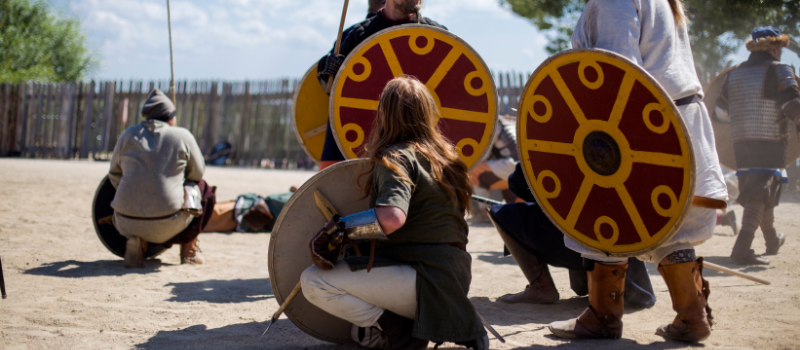
We collect Post-Event Letters to capture feedback about an event and to learn about what the characters did and what they might be expecting next. A pre-event survey can be used to collect information for “characters” to be used for plot specific purposes during an event. I’ve seen this used effectively several times where players are asked what appears to be random questions and yet not random as the weekend plot unfolds.
7. Try Your Hand at Cross Plot:

Another technique to improve plot is to hook two or more unrelated plots together. Plots can intermingle clues, solutions, props, or even a common NPC to throw a wrinkle or intrigue into a plot. While there are many different approaches and styles, and this can be challenging, cross-plot is a unique and more complex plot writing technique that drives multiple characters and players to work together to influence a storyline and succeed at a group goal.
Conclusion
We reviewed seven proven techniques for building a better LARP plot. For more information about LARPing and how LARP Portal can support building plot, contact us at demo@larportal.com today for a free demo.
Hello larportal.com administrator, Thanks for the well-organized and comprehensive post!
Latest Blogs

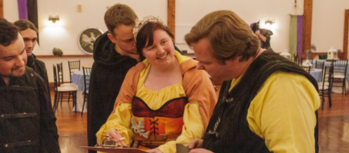

.png )




.png )
